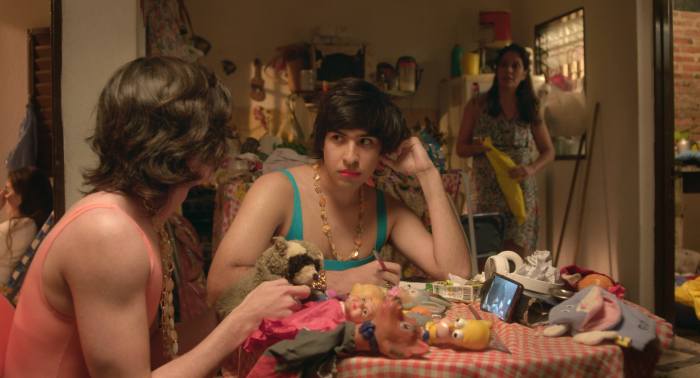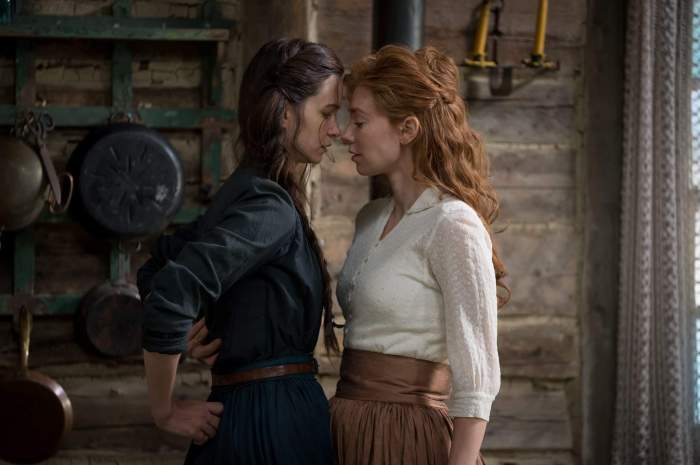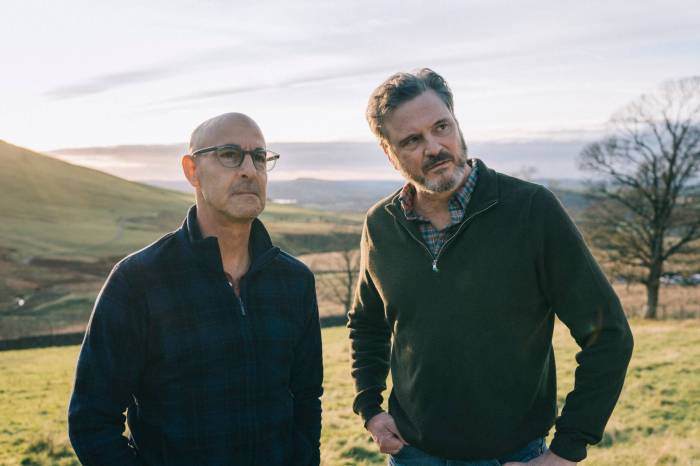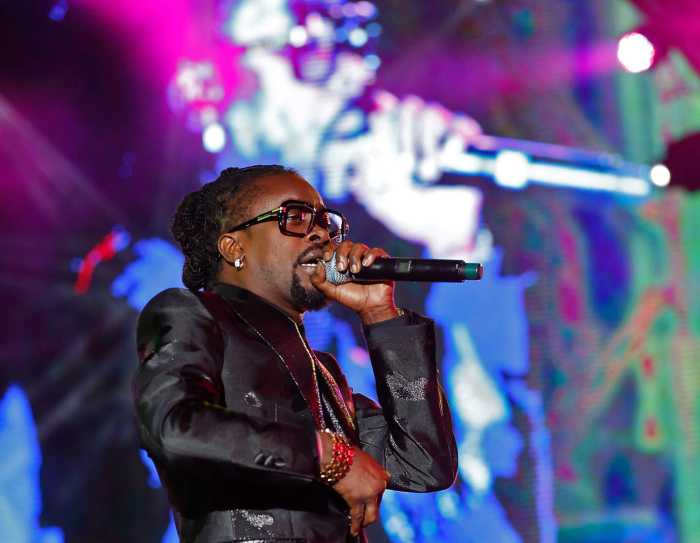“Sisters with Transistors” conjures nostalgia for a past most of us never knew existed. At this point, most pop music is recorded to computer and made largely, if not entirely, with electronic instruments. Mac laptops come bundled with the digital audio workshop Garage Band. The Fairlight, which was the first sampler to hit the market in 1980, was so expensive that wealthy rock musicians like Yes and Peter Gabriel were its earliest users. (William Gibson’s quote “the street finds its own uses for things” applies to hip-hop DJs using turntables to get similar effects around the same time.) Now, free applications offer a level of ability to make music on your phone that makes the synthesizers and samplers available in the ‘80s look puny.
Lisa Rovner’s documentary “Sisters with Transistors” shows how we got to this point, arguing that technological innovation stemmed from women’s exclusion from conventional musical fields. To this day, classical music is dominated by the idea that Beethoven, Bach and Mozart were the greatest composers who ever lived (or, crucially, will ever live), drowning out women’s voices. If electronic music wasn’t considered “real music” (and, often, still isn’t), why not compose and produce music from pitch-shifted tape loops of field recordings or one’s own drumming on household objects? No matter how talented a female pianist was in the ‘50s or ‘60s, she would never be recognized as a genius on par with Glenn Gould, so why play by those rules?
“Sisters with Transistors” profiles 11 female electronic composers and musicians. They worked in different fields and styles. Éliane Radigue makes austere, abrasive drones whose slow shifting resembles layers of feedback. By contrast, Clara Rockmore relied on the theremin to generate eerie, futuristic sounds, Daphne Oram composed the original theme to “Dr. Who,” and Laurie Spiegel’s computer-generated music from the ’70s follows similar paths to the avant-garde edge of Krautrock. (In some alternate universe, her songs “Drums” and “Appalachian Grove” received an Italo-disco remix and became leftfield dance club hits.)
“Sisters with Transistors” completely avoids talking-heads interviews. In their place, Rovner plays audio recordings of her subjects over archival footage. While not the most radical technique, it avoids the formulas so many music documentaries fall into. It also makes her subjects, several of whom are now dead, come back to life. The use of period newsreels can get a bit glib.
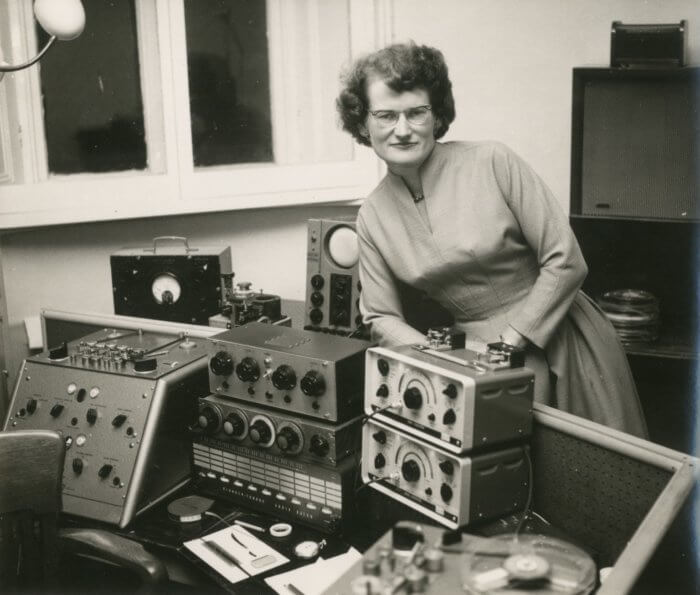
Out of the musicians depicted in “Sisters with Transistors,” Pauline Oliveros was lesbian (the film mentions the fact that she was openly gay as part of a radicalism that included her feminism and philosophy of “deep listening”) and Wendy Carlos is transgender. Carlos, who did not seem to cooperate with Rovner, is treated fairly dismissively. While her album “Switched-On Bach” was a hit that introduced electronic music to a wide audience and she composed and performed music for Stanley Kubrick’s “A Clockwork Orange” and “The Shining,” the film treats her as a fairly conservative figure who souped up past classical music instead of trying to find new sounds.
By the time electronic music became standard pop music, women were shut out, except as singers. (The robotic electronic loops of Donna Summer’s “I Feel Love” set the stage for synth-pop and techno, and Cher’s “Believe” was the first hit song to use Autotune as a distortion pedal for the voice, but the credit for these songs’ innovations has mostly gone to their male producers.) While Oliveros criticizes the racism and sexism of the classical music academy hand in hand, all 11 of the musicians in “Sisters with Transistors” are white and either American or European. The film’s time frame ends in the mid ‘80s, with Laurie Spiegel’s creation of a program to make music on the Macintosh.
At only 84 minutes, “Sisters with Transistors” is a brief introduction to a subject that deserves a much longer treatment. (The tendency to blow up documentaries into docu-series for streaming services has rarely served them, but this might have been better as a more comprehensive TV series spanning three hour-long parts.) As such, it occasionally feels contradictory and hesitant at times. Laurie Anderson narrates the film, and contemporary women making electronic music are heard, but they don’t get to talk about their own music. Considering that Anderson’s “O Superman” samples, pitch-shifts, and loops her own voice to use it as a substitute for percussion in ways that were almost unprecedented in pop/rock music in 1981, one would like to hear her own opinion about her music’s place in this history.
The relationship between classical and pop music is never explored, although the film does show the surprising openness TV, movies, and even advertising have often shown towards adventurous music. But it tells an essential story that’s been buried: women, including queer and trans women, shaped and even created the technology which is ubiquitous now while rarely reaping the benefits.
“SISTERS WITH TRANSISTORS” | Directed by Lisa Rovner | Metrograph Pictures | Starts streaming April 23rd



